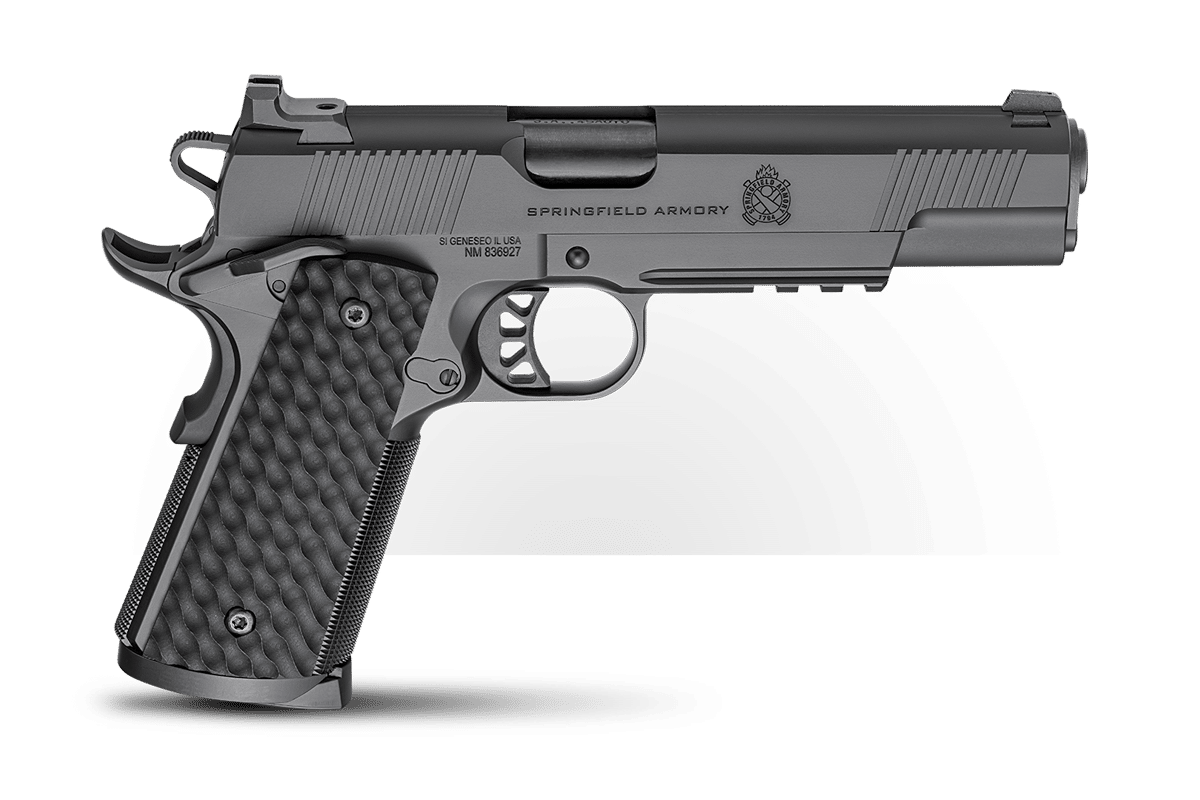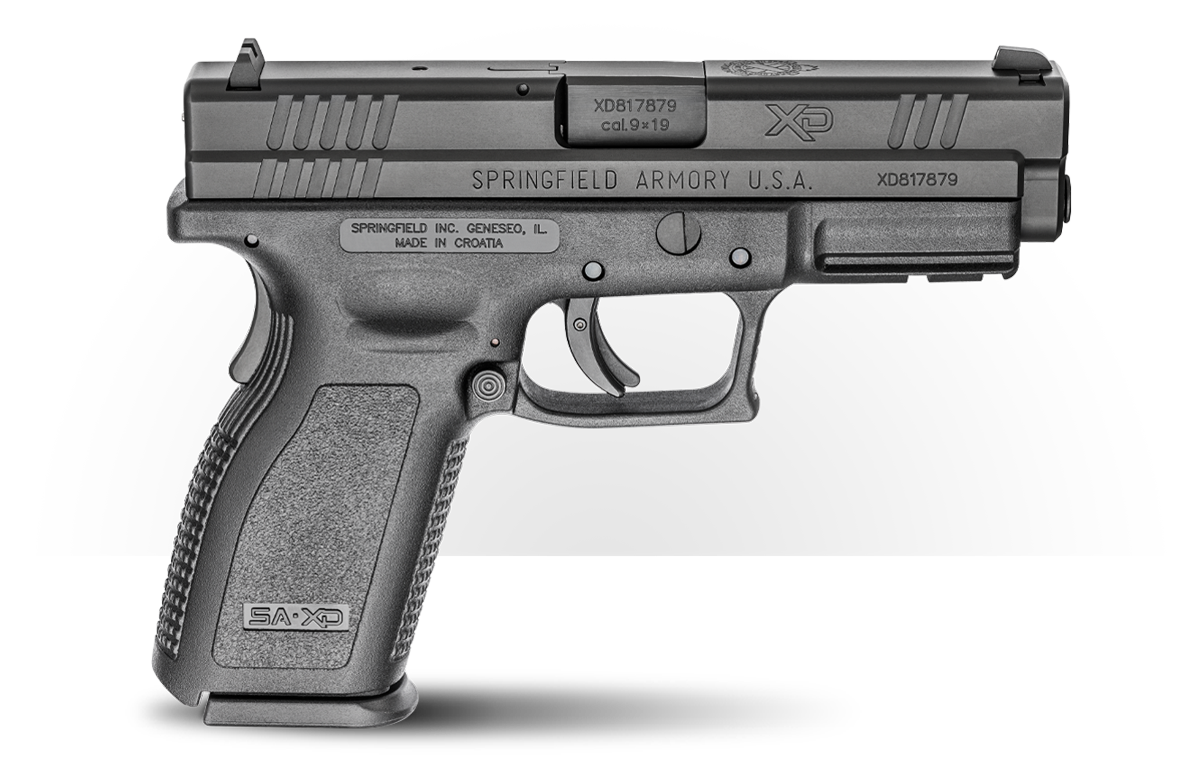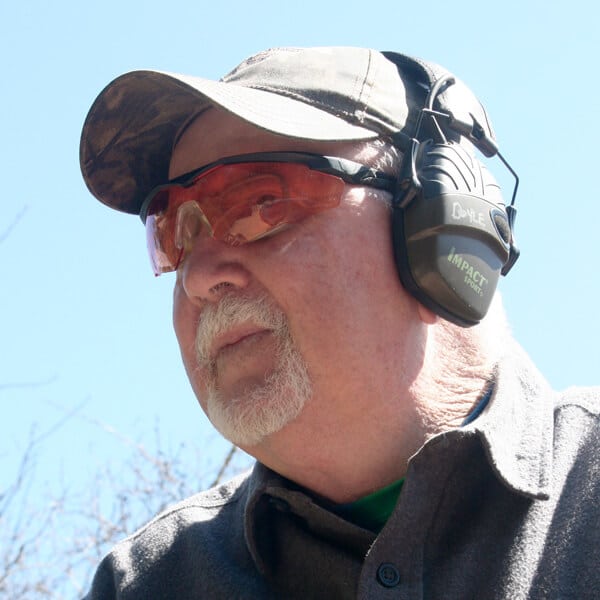Did You Buy the Wrong Handgun?
October 21st, 2022
6 minute read
Like many other endeavors, success when shooting a handgun is achieved with a proper execution of the fundamentals. Seasoned shooters typically have some very strong opinions about that recipe for excellence and I have witnessed some very spirited discussions as to whether trigger management or getting on the sights is more important. An equally critical yet often overlooked fundamental remains your grip.
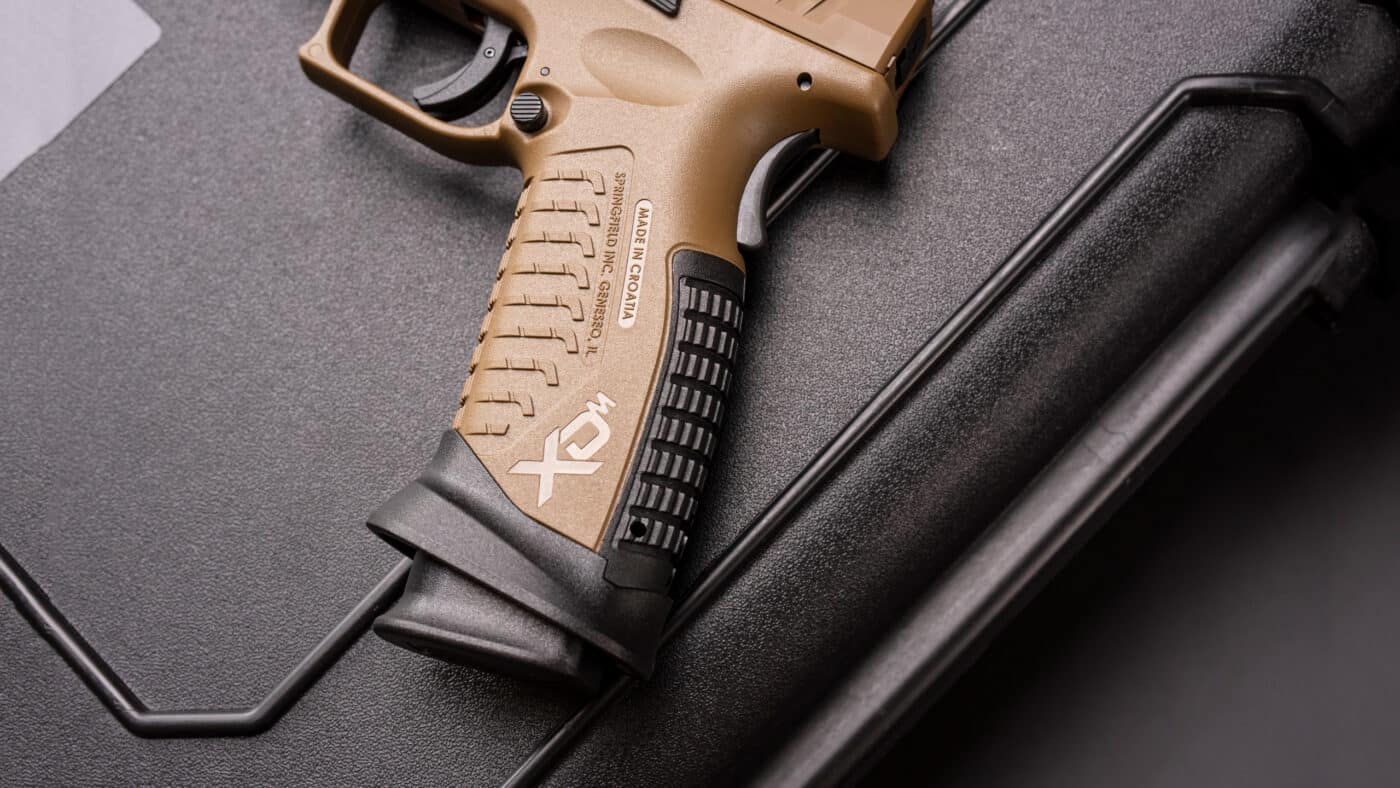
The grip is your connection to the gun and helps align the sights. It also serves to control recoil and muzzle flip in order for the shooter to fire subsequent shots and hit the target. If your grip is less than optimal, performance will suffer.
To get a proper connection, the shooter should grip the pistol high on the backstrap with the dominant hand and center it in the thumb crotch (web between the thumb and forefinger). Pressure exerted by the hand approximates a firm handshake. Whenever possible, try to get the support hand into the equation for even greater stability. Place the base of the support hand thumb underneath the dominant hand thumb for maximum contact with the pistol. The index finger of the support hand is brought up hard underneath the trigger guard, and both thumbs point forward. Be sure that grip pressure is at least equal to that exerted by the dominant hand.
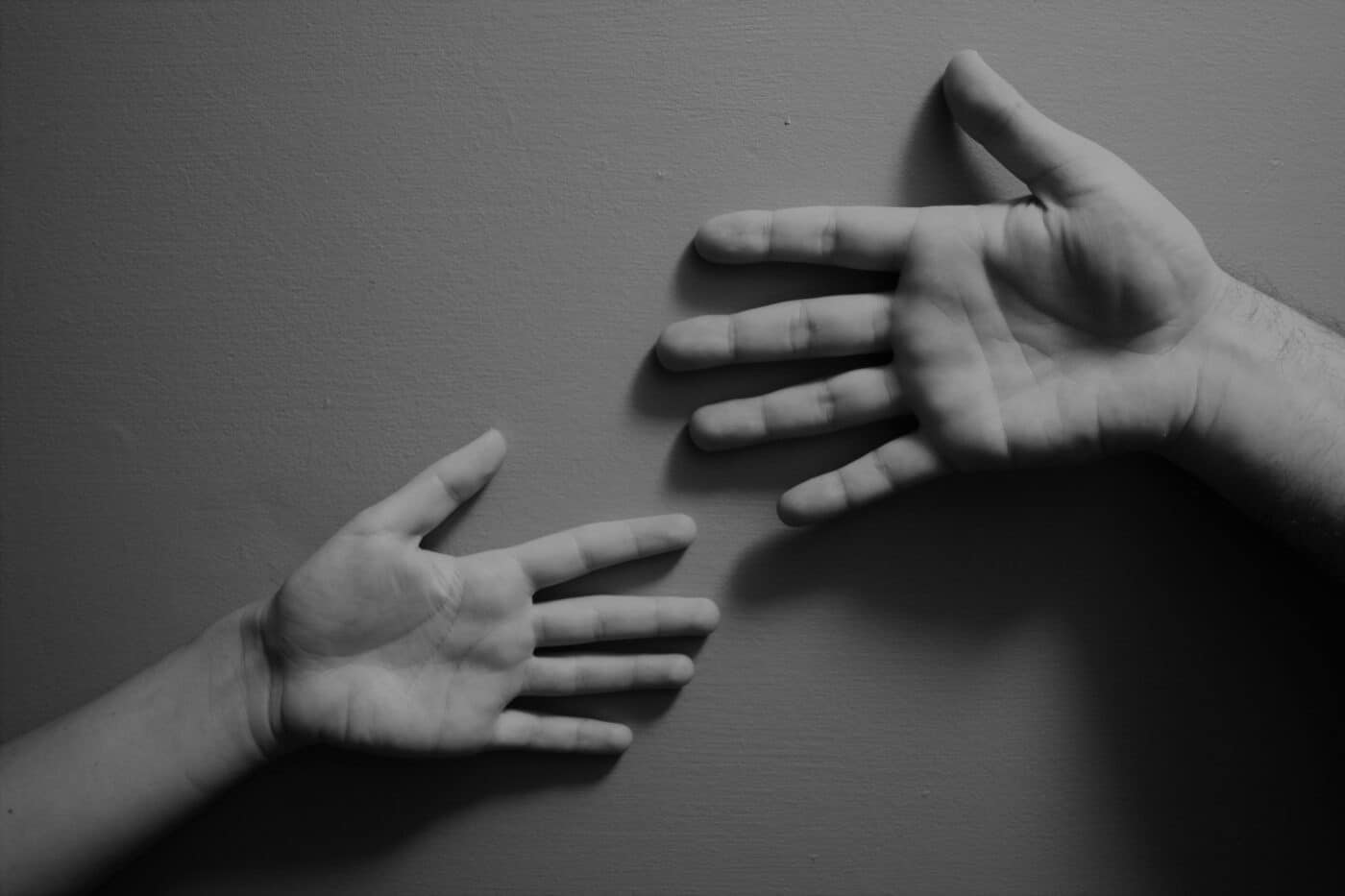
Although it sounds complicated to a novice, getting that proper connection becomes second nature in fairly short order. Initially, new shooters should work through this by the numbers making sure all the boxes are checked and that grip is looking pretty solid. Once you are confident things are looking good, it’s time to move on to the holster. After verifying the pistol is indeed clear (check it twice!), practice the draw stroke slowly by establishing a firm and final shooting grip prior to lifting the gun from the holster. The support hand is brought into play as the gun is brought up on target. Dry practice in establishing the grip should begin at half speed, making sure everything is perfect and gradually increasing to 3/4 and finally full speed. Be sure to self-critique your form as you go through the process.
Complications
The most popular handgun offerings in today’s market are the striker-fired, polymer-frame pistols, more often than not with a double-column magazine. These pistols may not ever win over the blue steel and walnut crowd, but they are highly functional and can be had at a very reasonable price. Over the last several years, they have pretty much pushed traditional double-action pistols to the back burner, and this is especially true with police agencies here in the U.S.
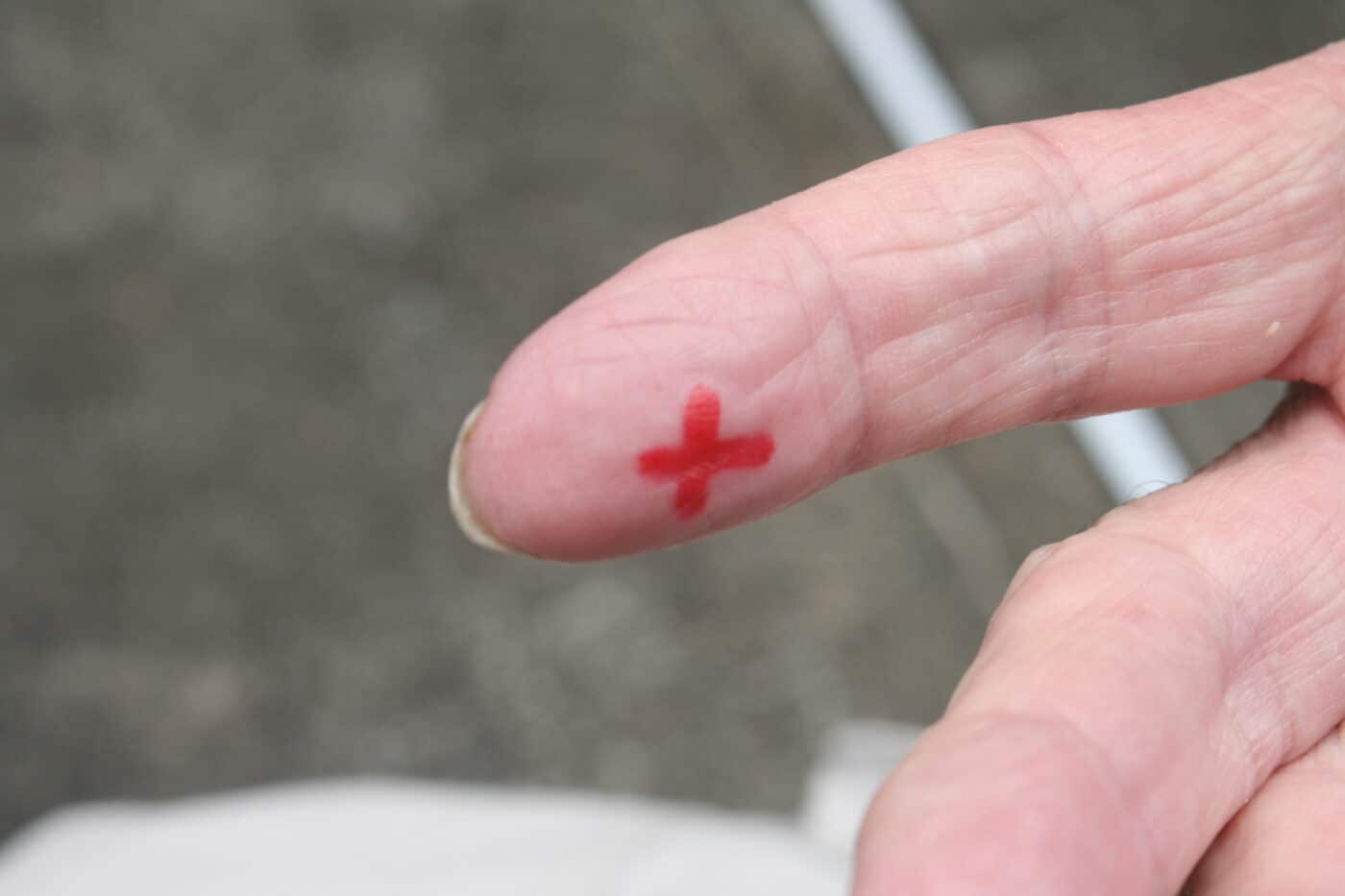
So, what’s not to like? In some minds, capacity may be king, but it takes a backseat to fit. As outlined earlier, if you cannot establish a proper grip, you can never be at the top of your game. I would submit that the average-size adult male hand can manage most of these polymer-frame blasters with no difficulty whatsoever. The waters get a lot more muddied when we introduce folks with smaller hands into that equation. This is especially problematic in the law enforcement world where uniformity reigns and the same pistol is issued to all. Armed citizens however, have a choice and they can pick something ideally suited to their hand size.
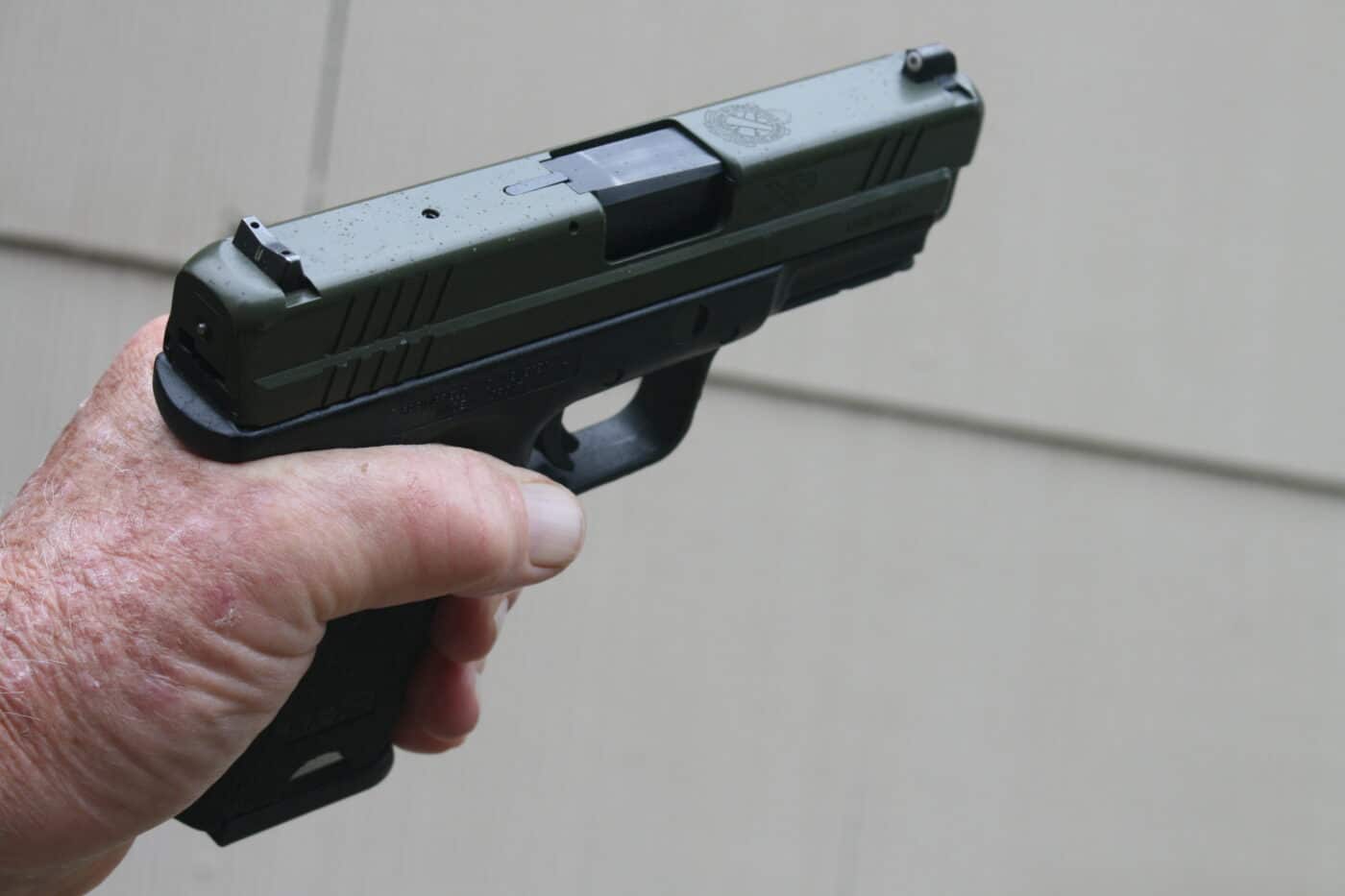
The problem with a small hand goes something like this. With a striker-fired or single-action pistol, optimum contact involves placing the distal pad of the index finger on the trigger while taking a proper grip. This represents no issue at all with a medium-size male hand, but is a big obstacle for shooters with smaller hands. To compensate, small-handed shooters sometimes center the pistol in the thumb crotch but use the tip of the finger to work the trigger, with less than stellar results. Or they work it from the other direction and get the proper finger placement of the trigger, but the backstrap is in contact with the thumb rather than the web of the thumb crotch. This H-grip is totally unsatisfactory and can cause discomfort and even injury in very short order.
There are all sorts of variables in the mix, including finger length and palm size. Since we can’t do anything about the size of the hand, the only logical thing to do is to find the right tool. With a pistol that fits, even a small shooter with small hands can get to the top of their game.
Some Solutions
I began dealing with this issue almost 30 years ago when one of our female trainees was struggling with her issue duty pistol, and it was very clear her problem was related to hand size. The ugly truth is increased magazine capacity comes at a price, and double-stack magazines create greater grip circumference. One of the advantages of a polymer frame is the material allows you to reduce grip circumference, and that is what we did. The improvement was pretty dramatic, and this individual went on to serve a long career, and performance with her pistol was never an issue again. This remedy is still out there and several top-rated pistolsmiths perform this work.
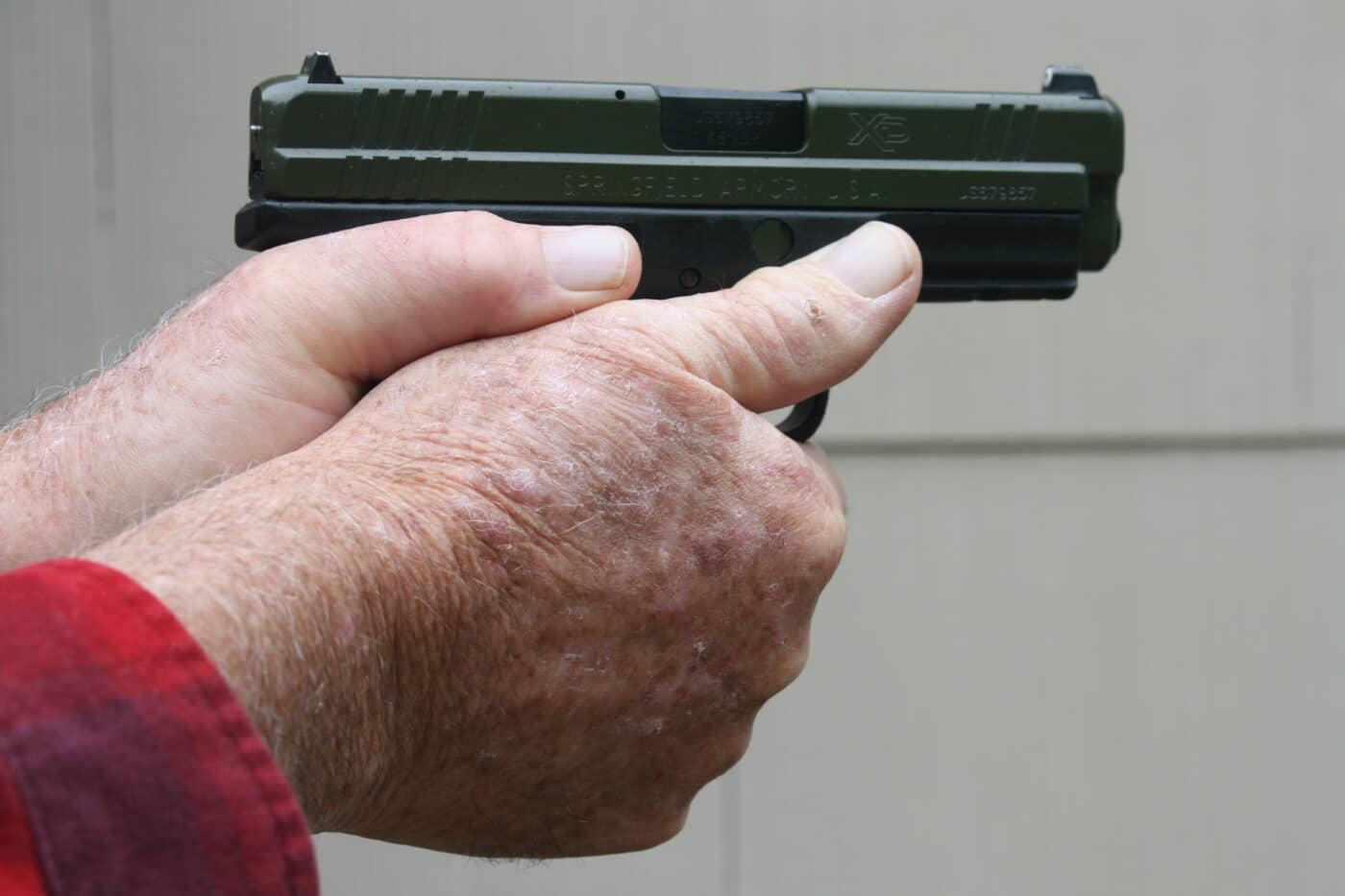
In recent years, several manufactures have introduced interchangeable backstraps that can effectively reduce grip circumference to accommodate a wider range of hand sizes. Interchangeable backstraps may not solve everybody’s issue, but it will certainly get more shooters over the fence. Another, “have your cake and eat it too” is the Springfield Armory Hellcat Pro. The Hellcat has a pretty modest grip circumference and with a 15-shot magazine the Pro variant gives little up to larger pistols. The XD-M Elite pistols have interchangeable backstraps of differing sizes, so they are an option as well.
The 1911 Fix
For personal defense, I would not feel at all shortchanged carrying a single-stack pistol of modest capacity. With discreet carry in mind, there are a number of very capable trim, single-stack pistols ideally suited to the task. These handguns are available in both polymer and metal frame configuration and are excellent performers. Most are chambered for the 9mm, which is far more effective than the pocket pistol chamberings of old.
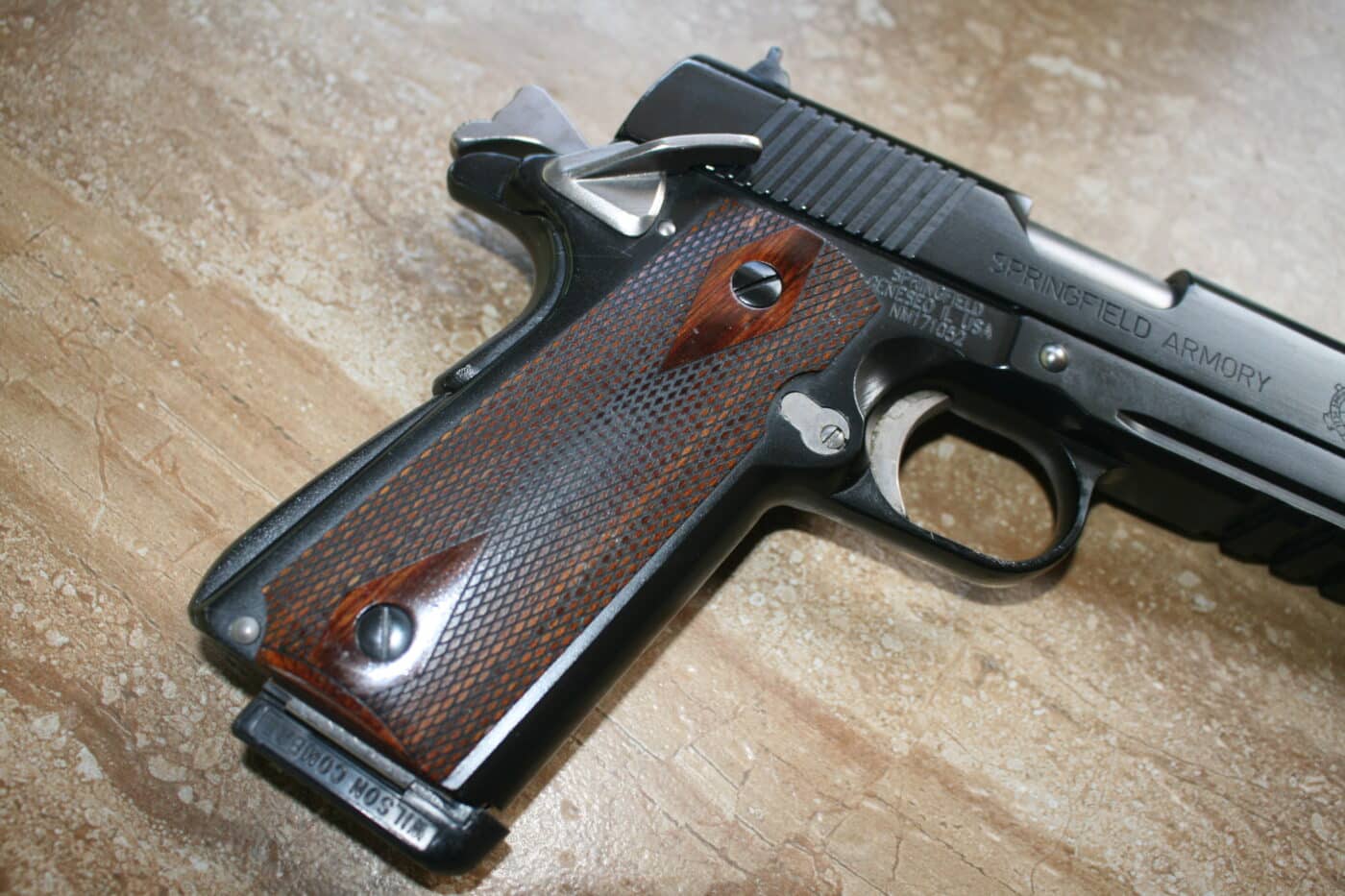
I remain fond of the timeless 1911 pistol and still consider it an excellent choice for those who put in the time to get acquainted with its nuances. For shooters with smaller hands, it would be tough to find a pistol that is more accommodating than a 1911. A short trigger reach and a narrow grip frame put this classic squarely in the winner’s circle. I have long favored the .45 ACP in the 1911, but in recent years, the light kicking 9mm has come on strong. Best of all the 1911 is available in a wide range of sizes to fit most every need.
Conclusion
So, pilgrim, take a minute and consider that connection to your hand. If your performance continues to suffer it may be because your handgun simply doesn’t fit. Striking that proper chord between the hand and pistol can significantly raise the bar on your game.
Editor’s Note: Please be sure to check out The Armory Life Forum, where you can comment about our daily articles, as well as just talk guns and gear. Click the “Go To Forum Thread” link below to jump in and discuss this article and much more!
Join the Discussion
Featured in this article
Continue Reading
Did you enjoy this article?

 451
451




